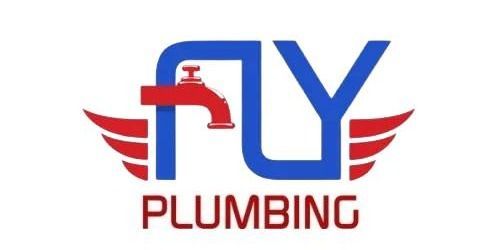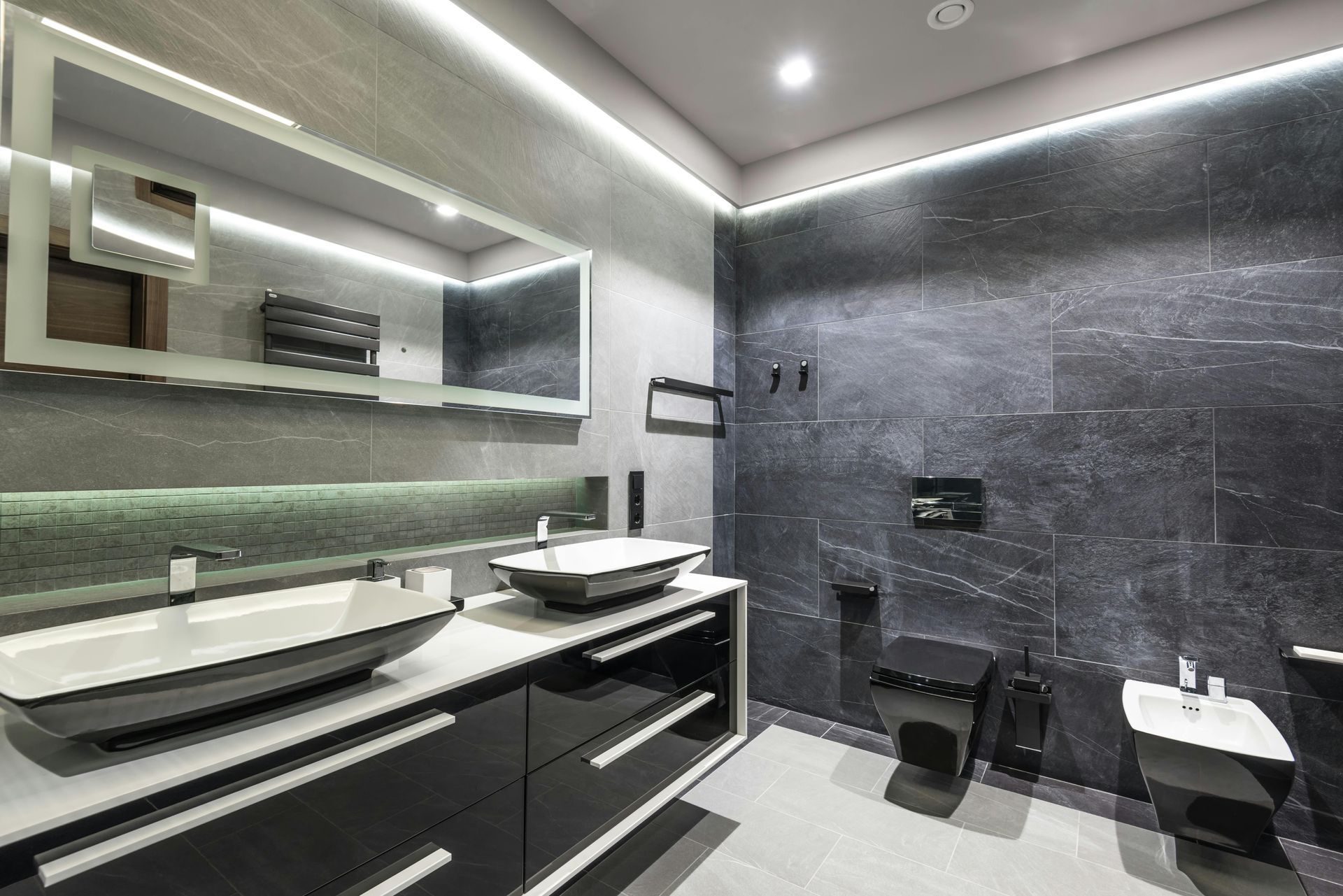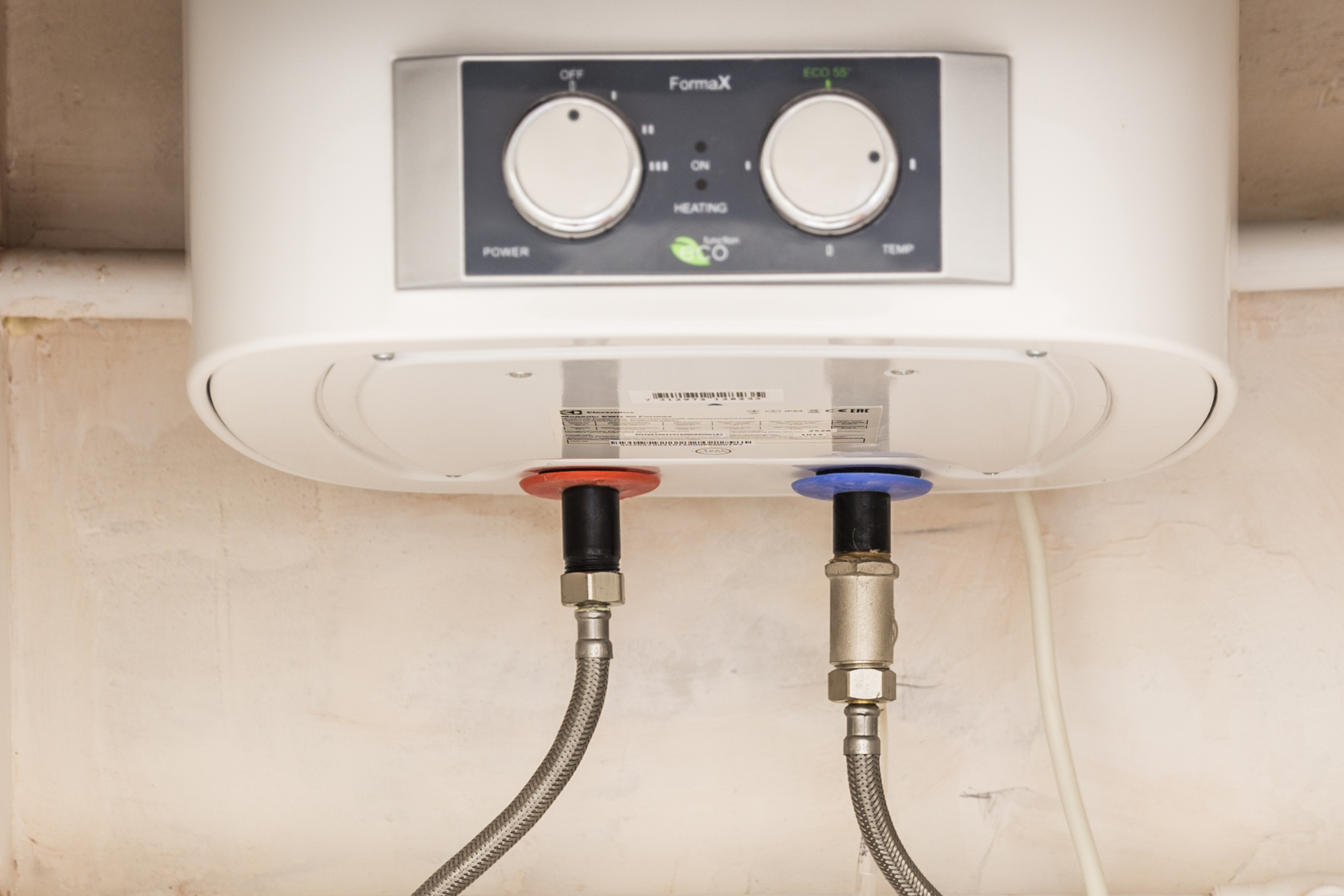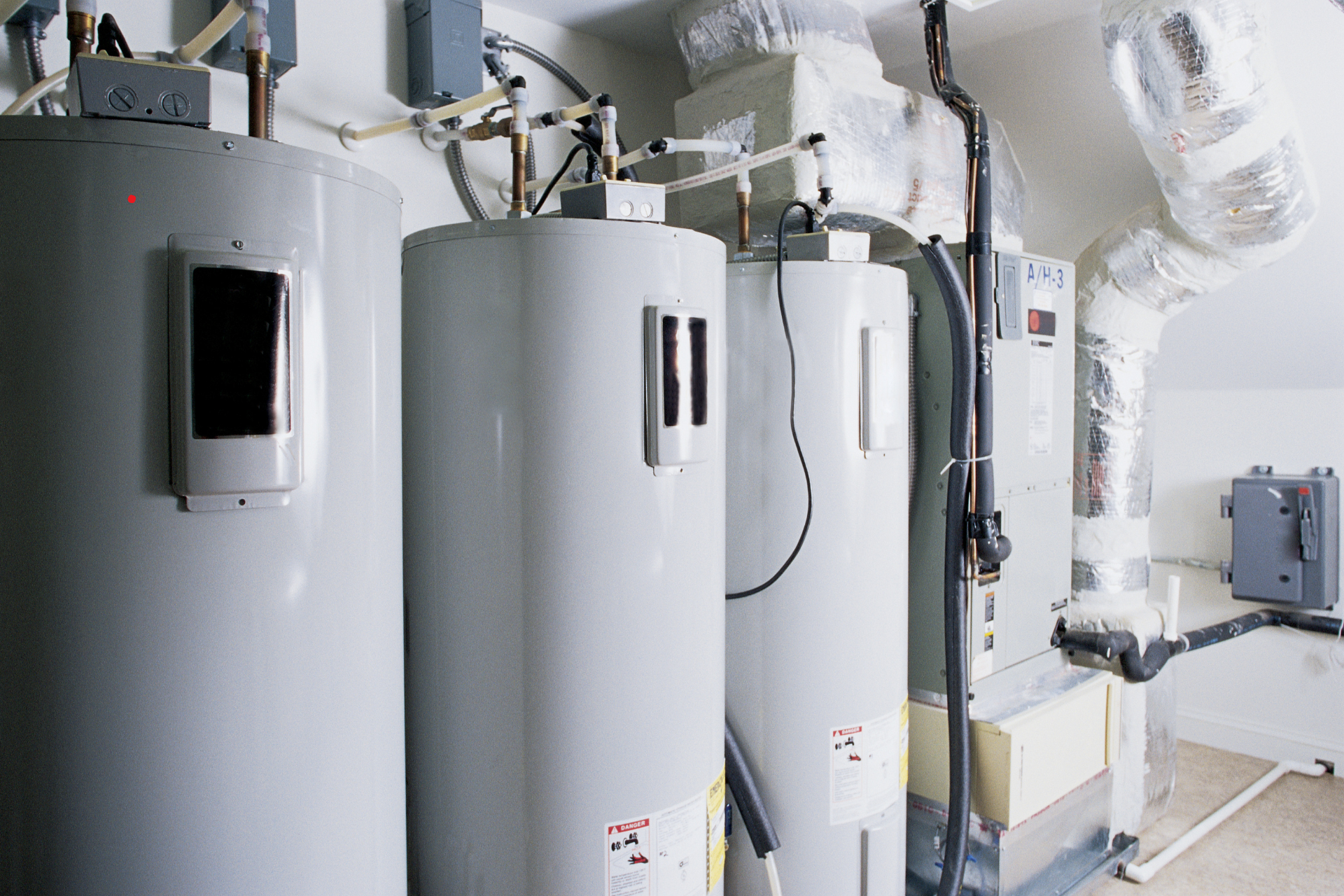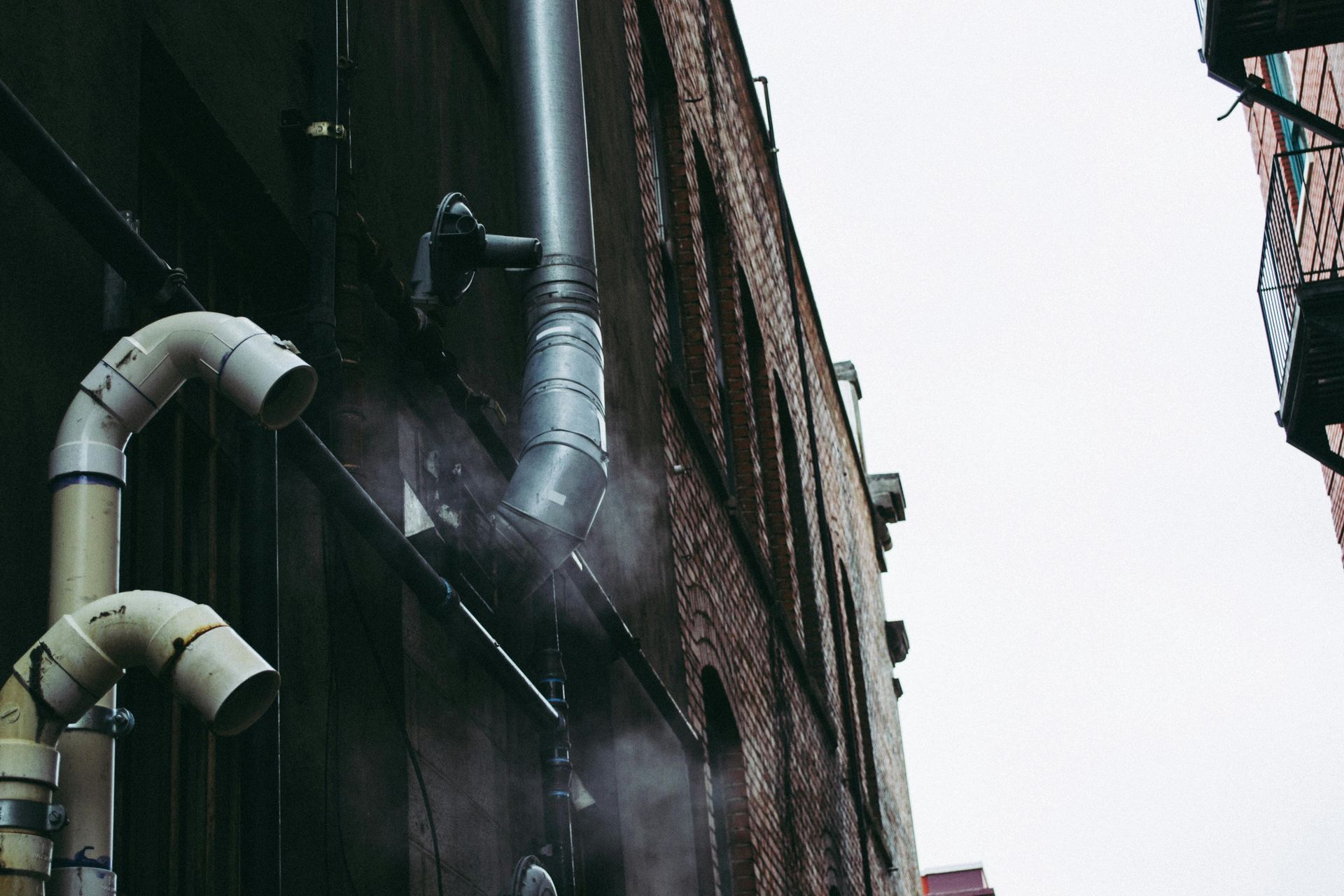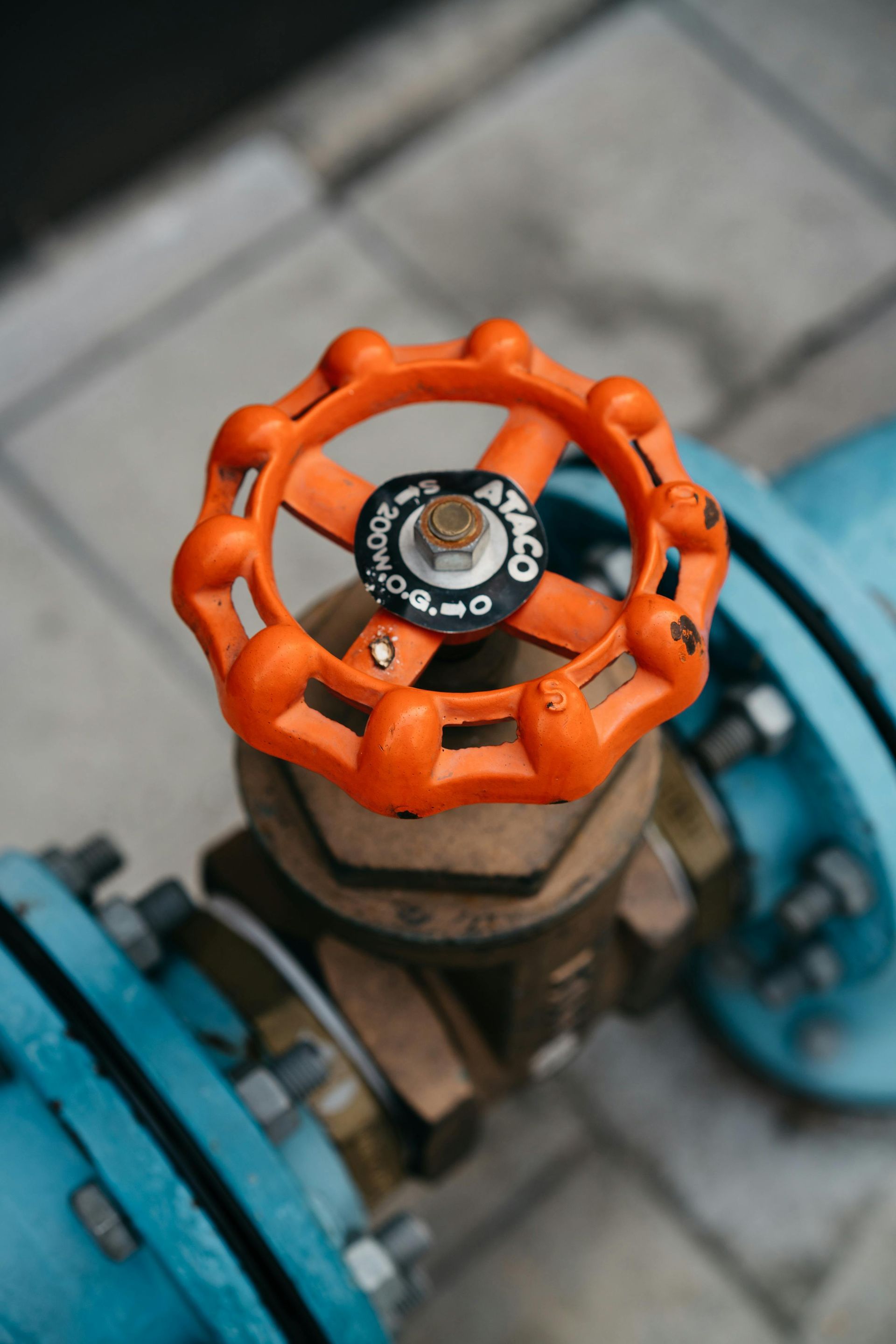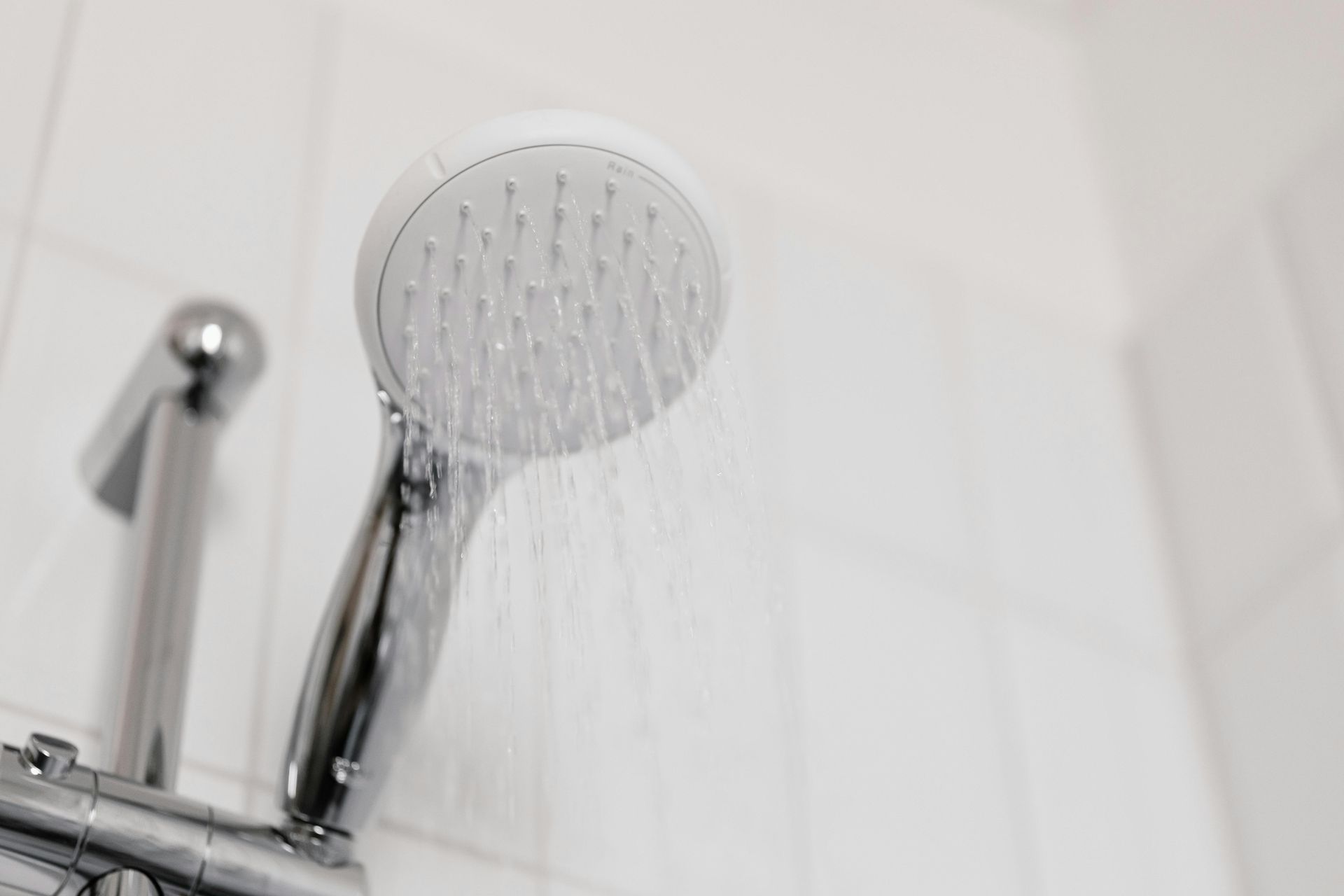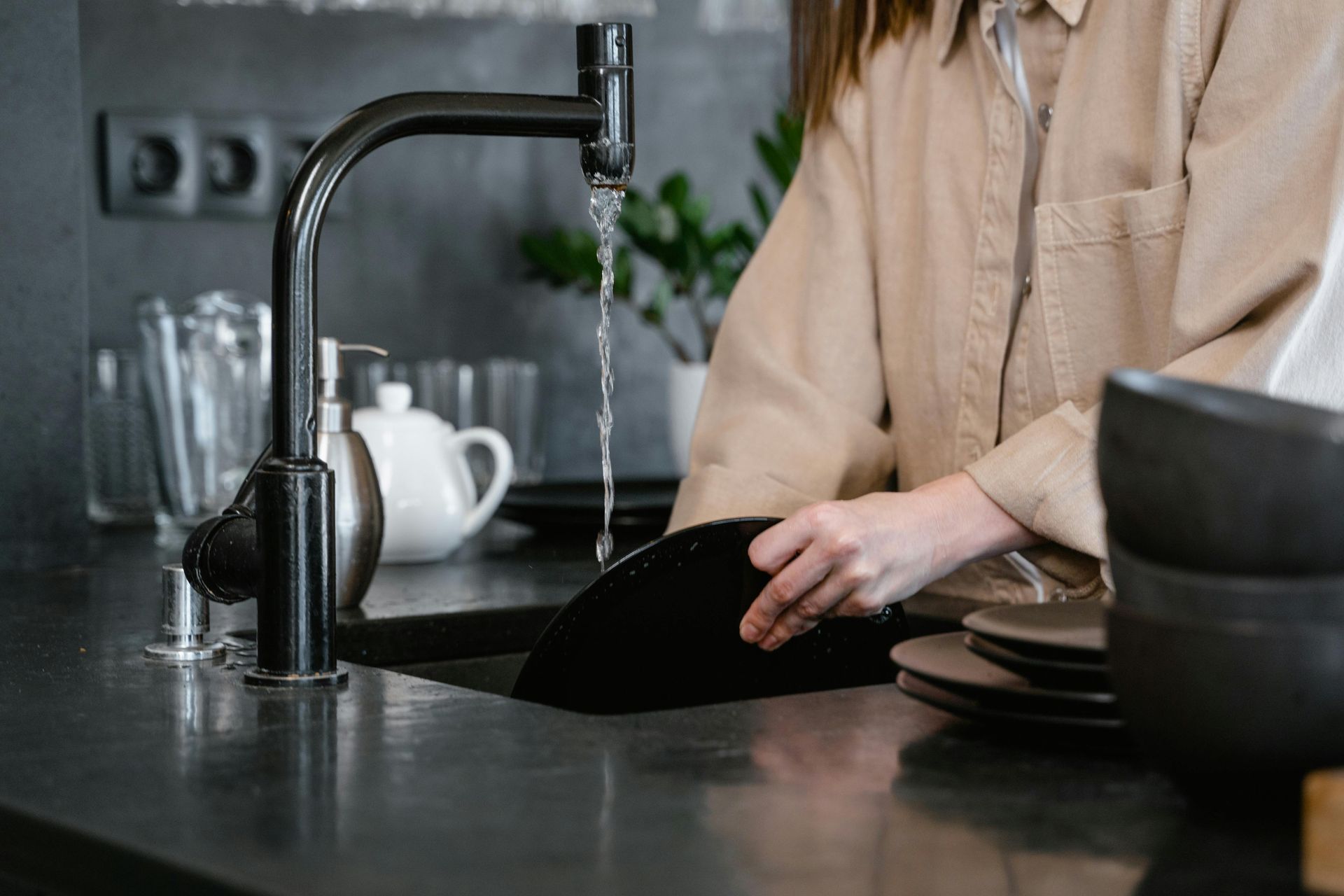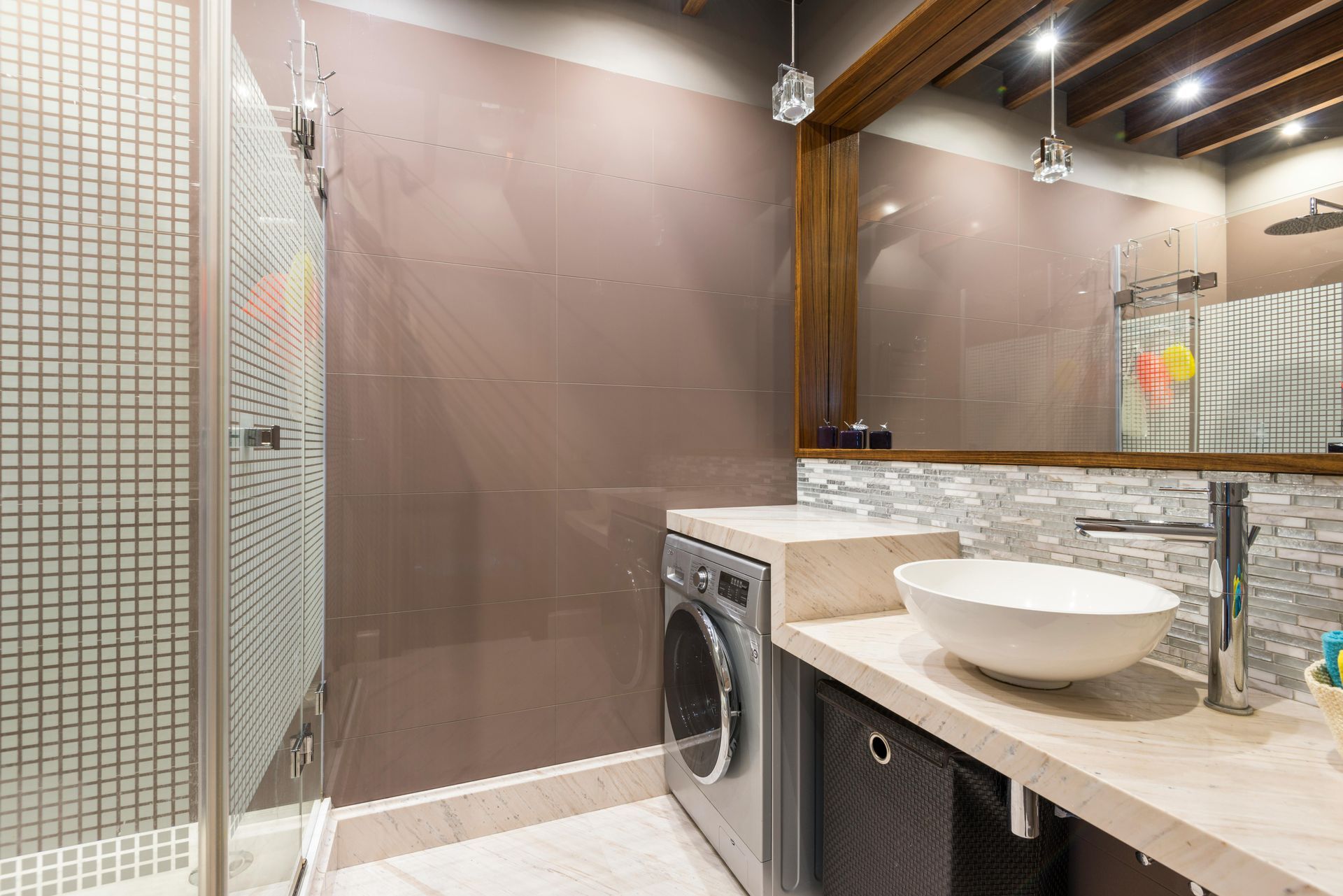Sump Pump vs. Ejector Pump: Key Differences Explained
When it comes to keeping your basement dry and your home plumbing in working order, it's important to understand the difference between a sump pump and an ejector pump. Both serve crucial roles, but each one tackles different types of water and plumbing issues. In this blog post, we’ll break down the differences, explain when you need each, and cover how proper installation and maintenance can save you from costly repairs.
Key Topics Covered:
- What is a Sump Pump?
- What is an Ejector Pump?
- Key Differences Between a Sump Pump and Ejector Pump
- When Do You Need Each Pump?
- Common Issues with Sump and Ejector Pumps
- Why Proper Installation & Maintenance Matter
- Fly Plumbing’s Sump & Ejector Pump Services
What is a Sump Pump?
A sump pump is designed to keep your basement or crawlspace dry by removing excess water that accumulates in a sump basin. This water typically comes from rain or natural groundwater that seeps into the lowest point of your home. Once the water reaches a certain level in the basin, the sump pump activates and pumps the water away from your foundation, usually to a storm drain or dry well. Sump pumps are crucial for homes in areas prone to flooding, heavy rainfall, or where the water table is high. If your home sits in a floodplain, having a working sump pump is essential to prevent basement flooding and water damage.
What is an Ejector Pump?
An ejector pump serves a different purpose than a sump pump. Its job is to handle wastewater and sewage from below-grade bathrooms, laundry rooms, and utility sinks. When water from these sources collects in a basin, the ejector pump activates to push the wastewater up and out into the home's main sewage line or septic tank. Without an ejector pump, sewage and gray water would have no way of leaving the lower levels of your home, leading to backups and potential health hazards. Ejector pumps typically include sealed covers to contain odors and ensure sanitary operation.
Key Differences Between a Sump Pump and Ejector Pump
While sump pumps and ejector pumps may look similar, their functions are distinct:
- Purpose: A sump pump manages groundwater and rainwater, while an ejector pump handles sewage and wastewater.
- Location: Sump pumps are installed in basements or crawl spaces to keep them dry. Ejector pumps are located wherever there’s a below-grade bathroom or laundry room.
- Water Type: Sump pumps deal with clean or slightly dirty water, whereas ejector pumps handle wastewater and sewage.
- Installation: Sump pumps connect to storm drains or dry wells, while ejector pumps tie into your home’s septic or sewer system.
Understanding these differences is important when determining which pump you need for specific plumbing situations.
When Do You Need Each Pump?
You’ll need a sump pump if:
- Your home is prone to basement flooding.
- You live in an area with a high water table.
- You notice water pooling around your home’s foundation.
You’ll need an ejector pump if:
- You have a bathroom, laundry room, or utility sink below the main sewage line.
- You’re installing new below-grade plumbing fixtures.
- You notice sewage backups or slow drainage in lower-level rooms.
Both pumps play crucial roles in maintaining a dry and sanitary home, but knowing when to install each one is key to preventing water or sewage problems.
Common Issues with Sump and Ejector Pumps
While both sump and ejector pumps are highly reliable, issues can arise over time, including:
- Sump Pump Issues:
- Motor failure due to wear and tear.
- Blocked discharge pipes preventing water removal.
- Float switch malfunction, causing the pump to run constantly or not at all.
- Ejector Pump Issues:
- Sewage backups from improper pump operation.
- Clogs from non-biodegradable items.
- Basin seal failure, leading to unpleasant odors.
Regular maintenance can help you avoid these problems, saving you from costly repairs or replacements.
Why Proper Installation & Maintenance Matters?
Proper installation is critical for the longevity and effectiveness of both sump and ejector pumps. Poorly installed pumps may struggle to handle the water or sewage load, leading to premature failure. Fly Plumbing’s expert plumbers ensure your pumps are installed to meet manufacturer specifications and local plumbing codes.
Regular maintenance is equally important. We recommend yearly inspections to check the motor, float switch, and discharge lines. This routine care ensures that your pumps are ready to handle heavy rains or increased water usage without issue.
Fly Plumbing’s Sump & Ejector Pump Services
At Fly Plumbing, we specialize in installing, repairing, and maintaining both sump pumps and ejector pumps for homes and businesses in the Chicagoland area. Our expert technicians are trained to assess your needs and provide personalized solutions to keep your plumbing systems running smoothly.
- Sump Pump Installation & Repair: We handle everything from initial installation to ongoing maintenance and repairs, ensuring your basement stays dry year-round.
- Ejector Pump Services: From installation to emergency repairs, we’ve got you covered with reliable, sanitary solutions.
- Emergency Services: We provide 24/7 emergency support for sump and ejector pump failures to protect your home from water damage or sewage backups.
